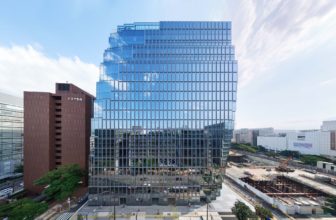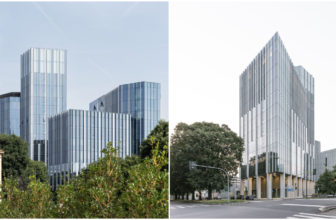As more prospects and customers turn to online sources to shop the products they require, the footprint in brick-and-mortar stores lessens. Luckily, an effective retail store design can help combat this effect. It can be the difference between an appealing store and an instantly forgotten one. Effective retail store design leads to a space that’s well laid out with easy-to-find products. This ensures your customers have an enjoyable shopping experience.
Considering the many brands and product lines competing for customer attention, it’s essential to make your store stand out. The best retail design can display your products in a manner that visually merchandises them to help maximize sales. Discussed below are five tips for designing your retail store.
-
Find the right retail store floor plan
The correct retail store floor plan can significantly impact your sales, how you utilize your space, and how customers interact with your brand. It reflects your brand’s exclusivity and encourages impulse purchases. With the right retail store floor plan, you can maximize your space while promoting longer shopping sprees. As a retailer, you have many floor plan options, including:
- Free-flow: Ideal for small retailers to highlight primary products and give freedom to shoppers
- Straight: Suitable for a retailer who wants to highlight a particular store section
- Mixed: Perfect for retailers who want to be creative and provide unique shopping experiences
- Racetrack: Best retailers with shoppers who like taking their time browsing
Regardless of your floor plan choice, industry experts, such as I-5 Design Build, can help bring it to life.
-
Ensure wise color use
Color is a powerful retail store design tool that allows you to evoke emotions, articulate your values, and create unforgettable shopping experiences. Understanding how to apply color psychology in your retail design can help:
- Establish identity
- Improve brand recall
- Direct customer journeys
- Attract attention
- Influence behavior
Be careful with how you use color when designing your retail store. Prioritize colors that inspire clients. You can use colors based on the concept you wish to convey, including tradition, luxury, and sophistication. When choosing a retail store design color, consider the message you wish to deliver to your customers.
-
Update your displays regularly
The frequency with which you refresh your retail store’s displays is influenced by multiple factors, including:
- How often you get new merchandise
- How frequently customers return
- Your products’ seasonality
Refreshing your merchandise assortment and displays regularly gives your customers a fresh look whenever they visit the store. Consider implementing different techniques to update your displays. For instance, you can rotate items bi-weekly or weekly to determine how the change influences sales.
-
Find a good checkout spot
A checkout counter houses the cash register or POS (point of sale), and its positioning can significantly influence a shopper’s experience. Your retail store’s front left side is a perfect spot for the checkout counter because it’s natural for customers to enter the store through the right, shop, and exit through the left. Placing the checkout counter on the front left side doesn’t distract customers from shopping or consume display space.
-
Leverage cross-merchandising
Cross-merchandising involves displaying complementary items together to sway customer purchasing choices. This technique encourages impulse purchases, maximizing revenue. When complementary goods are placed together, it makes it easier for shoppers to make purchase decisions.
Retail store design significantly impacts your business’s success. Consider implementing these tips for effective retail store design.





